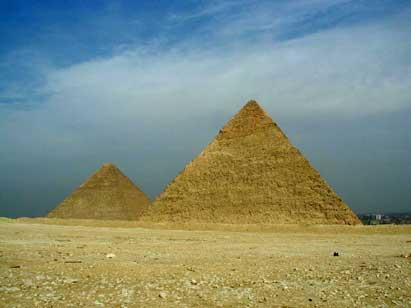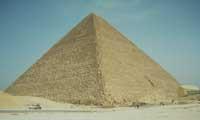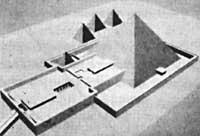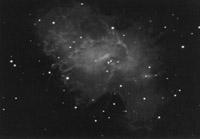Celestial buildings
2001/10/03 Elhuyar Zientzia

The Egyptian pyramids were built with great precision in four cardinal points. In order to do so, the knowledge of astronomy seems essential and is the XIX. Since the nineteenth century several researchers have tried to explain the astronomical knowledge of the Egyptians. And, how did that civilization achieve such precision that we consider delayed with respect to our technological society?
It is evident that the answer is in heaven, but not in the alien visitors, of course, but in the positions of the stars of that time. The researcher of the Instituto de Astrofísica de Canarias, Juan Antonio Belmonte, addressed this hypothesis to explain the astronomical orientation of the pyramids that were built about 4,500 years ago. According to the researcher, the pyramids were oriented according to how the stars Pheca and Megrez crossed the heavenly meridian. The celestial meridian is an imaginary line separating the west and east from the sky and going from north to south. The lines that joined these two stars corresponded to the star thuban (polar star of the time).
More precise alignment between stars and meridian a. C. C. It happened in 2562 and Belmonte believed that the great pyramid was then oriented. According to archaeological studies, great pyramid a. C. C. It was built between 2589 and 2551, so the theory of Belmonte coincides with these data.
Recently, the Egyptologist Kate Spence presented the same theory in the journal Nature, but took into account two other stars, Kochab and Mizar. According to Spence's calculations, the most accurate alignment of stars took place in the year 2.478, so the great pyramid began to be built later than expected. Despite the dance of the years, the most interesting thing is the essence of the theory, which bases its orientation on relatively simple astronomical knowledge.
Additional information: Canarian Institute of Astrophysics

Gai honi buruzko eduki gehiago
Elhuyarrek garatutako teknologia






